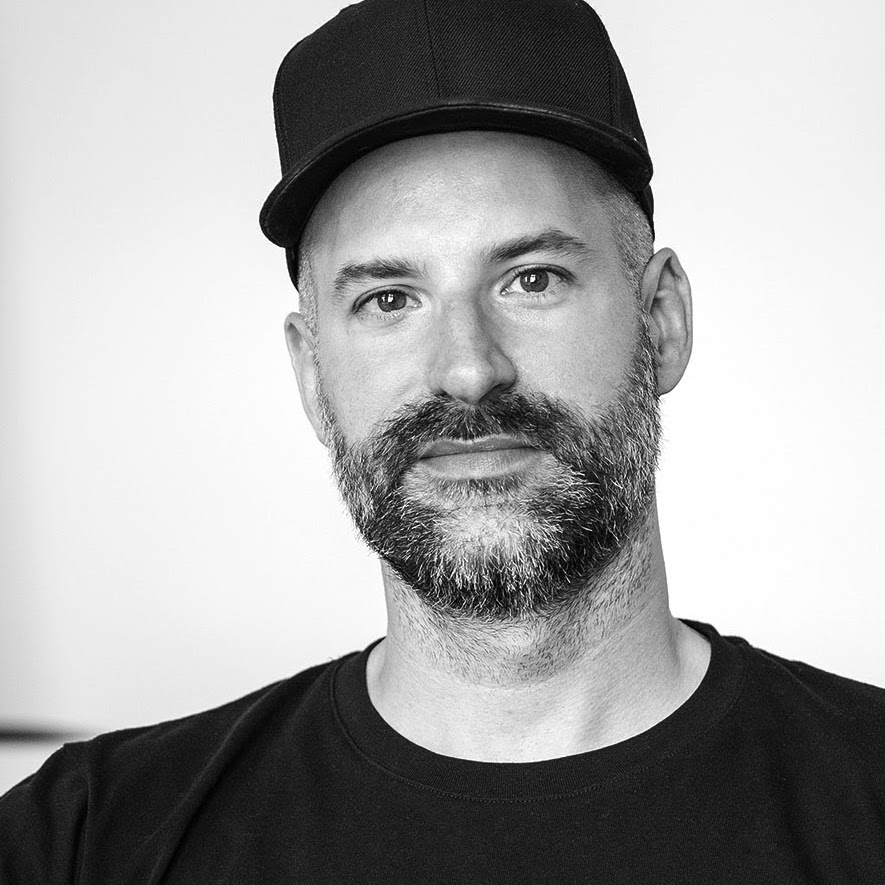Key Takeaways
Hybrid work is the standard for nearly 25% of German employees, but it creates challenges in communication and collaboration without clear structures.
Defining roles and responsibilities can boost team performance by 25% and increase individual efficiency by 53%.
The future of hybrid teams includes integrating AI agents, which requires Team Architects to define clear roles for both human and digital team members to maximize productivity.
Hybrid work is no longer a temporary fix; for 24.5% of German employees, it's the new standard. Yet, this new freedom often creates a new kind of chaos-a world of digital overload and blurred lines where nobody is quite sure who does what. For the Team Architects tasked with building the future, this is the ultimate challenge. This guide is your secret weapon. We'll show you how to transform your team from overwhelmed heroes into a focused force, using the magic of role clarity to slash through the noise and build a powerful, efficient, and truly connected hybrid team.
The Hybrid Maze: Navigating a World of Overload
The new world of work is a puzzle, and many teams are missing the picture on the box. With 44% of EU workers now on a hybrid schedule, the dream of flexibility is hitting a wall of reality. Leaders report that communication and collaboration are their single biggest challenges in these new setups. This isn't just a feeling; it's a measurable drain on your team's energy and focus, a constant battle against digital noise and ambiguous tasks. It's the reason your best people feel like they're running a race with no finish line, a feeling best described by the song Under Pressure.
This isn't a people problem; it's a design problem. Nearly half of all employees report a lack of clarity about their roles and responsibilities. That ambiguity is expensive, leading to duplicated work, missed deadlines, and a slow erosion of team morale. The truth is, your team can't win if they don't know the rules of the game. You can find more ideas for improving team communication in our dedicated article. This lack of structure is the villain of our story, turning potential into frustration. But every villain can be defeated with the right strategy.
The Clarity Catalyst: Slashing Ambiguity with Defined Roles
Imagine slashing through the fog of uncertainty with a single, powerful tool. That tool is role clarity. Research shows that teams with clearly defined roles see a stunning 25 percent increase in overall performance. This isn't a small tweak; it's a complete transformation of your team's operating system. When people understand their responsibilities, their efficiency skyrockets by 53 percent because they spend less time guessing and more time doing. This is the first step in your journey as a Team Architect: turning chaos into a clear, repeatable process.
This is where teamdecoder becomes your magic wand. It provides a simple, visual way to map out who does what, turning abstract responsibilities into a concrete game plan. You can try it for free and see the change for yourself. Clarity eliminates the friction that slows modern teams down. It's the difference between a group of talented individuals and a high-performing team. By focusing on structured team development, you build a foundation for success. This clarity prepares your team for the next evolution in organizational development.
Your New Teammate: Integrating AI Agents into Hybrid Teams
The modern team isn't just made of people anymore. With 88 percent of European leaders actively testing generative AI projects, a new member is joining the crew: the AI agent. By 2027, these digital teammates could impact 40 percent of all knowledge work, effectively doubling productivity in those areas. This isn't science fiction; it's the next frontier of team structures. The key is to treat AI not as a tool, but as a team member with a defined role. This is a core part of modern hybrid team strategy.
As a Team Architect, your job is to define the roles for this new human-in-the-loop hybrid team. What tasks does the AI handle? Where do humans add their unique value? For example:
- AI Agent Role: Analyze the last 1,000 customer support tickets for sentiment trends.
- Human Role: Use the AI's analysis to design three new customer-centric workshop improvements.
Defining these roles prevents overlap and maximizes the strengths of both humans and AI. This proactive approach to AI agent integration ensures technology serves your team, not the other way around. This strategic planning is essential for scaling your operations effectively.
A Blueprint for Flow: The Team Architect's Toolkit
Great teams aren't born; they are built with intention. As a Team Architect, you need a repeatable toolkit to create clarity and flow. This is about moving from abstract goals to concrete roles and responsibilities. Here is a simple, four-step process to guide your next team design session:
- Define the Mission: What is the single most important outcome this team must achieve in the next 90 days? Write it down in one sentence.
- List the Core Tasks: What are the 15 essential actions required to achieve the mission? Use vivid verbs for each one.
- Cluster Tasks into Roles: Group the related tasks into logical roles. Give each role a clear, intuitive title, like "Client Communications Lead" instead of "Associate II."
- Assign and Clarify: Assign each role to a team member. Discuss the key responsibilities and how this role interacts with others to prevent silos.
Our Playful Tip: Use our downloadable role cards in your next workshop to make this process tangible and fun. This structured approach turns a complex task into a manageable one. This blueprint is the foundation for effective change management. With these roles defined, you can focus on achieving real results.
From Friction to Flow: The Tangible Wins of a Decoded Team
When roles are clear, the results speak for themselves. Teams with high role clarity don't just feel better; they perform better. Seventy-five percent of employees with clear roles report being more passionate about their jobs. This isn't just about job satisfaction; it's about creating a sustainable pace that prevents the burnout so common in hybrid teams. This clarity is a cornerstone of effective hybrid leadership.
Deep Dive: The impact goes beyond morale. Clear roles directly affect your bottom line through improved strategy operationalization. When each team member understands their part, decisions are made faster, and projects move forward with less friction. This clarity can lead to a 20 percent increase in project completion speed. This is the hero's reward: a team that is not just surviving the world of hybrid work, but thriving in it. Now, you can make this transformation a reality.
Make Change Feel Like Play
You've seen the path from chaos to clarity. You understand the power of being a Team Architect who can intentionally design high-performing hybrid teams. The overload and change fatigue that once plagued your team can be replaced with focus and flow. The journey from a stressed-out crew to a confident, conquering hero team is just one step away. It's time to stop reacting and start designing.
Try teamdecoder for free - shape your team and make change feel like play! See our pricing. For more hands-on help, you can also book a free personal consultation to discuss your transformation challenges. #TeamArchitecture #HybridTeam #RolesAndResponsibilities #FutureOfWork
More Links
German Federal Ministry of Labour and Social Affairs provides occupational safety recommendations for hybrid screen work.
German Federal Statistical Office offers information on home office statistics and quality of work.
Boston Consulting Group focuses on managing remote work and optimizing hybrid working models.
PwC shares insights from their Future of Work Survey 2021 on evolving work trends.
Deloitte presents a survey on connectivity and mobile trends in 2023, highlighting hybrid work challenges and statistics.
KPMG offers a comprehensive report on the future of work.
Bertelsmann Foundation discusses utilizing the potential of New Work and avoiding common pitfalls.
FAQ
Why are hybrid teams so difficult to manage?
Hybrid teams are difficult to manage because they combine the complexities of both in-office and remote work. Key challenges include ensuring equitable communication, preventing proximity bias, and maintaining team cohesion across different locations. Without intentional design, it's easy for information silos and role confusion to develop.
What is the first step to improving my hybrid team's structure?
The first step is to establish absolute clarity on roles and responsibilities. Conduct a workshop to map out the team's core mission, list all necessary tasks, and then cluster those tasks into clearly defined roles. This foundational step eliminates the ambiguity that causes most hybrid work friction.
Can small start-ups benefit from defining team roles?
Yes, absolutely. For start-ups with five or fewer employees, defining roles from day one is critical for scaling effectively. It establishes a foundation of clarity that prevents operational chaos as the company grows, ensuring everyone knows their contribution to the larger strategy.
How does teamdecoder help with organizational development?
teamdecoder is a tool that helps Team Architects visually map and manage roles, responsibilities, and team structures. It transforms complex organizational charts into clear, actionable frameworks, making it easier to manage transformations, restructure teams, and integrate new members, including AI agents.





